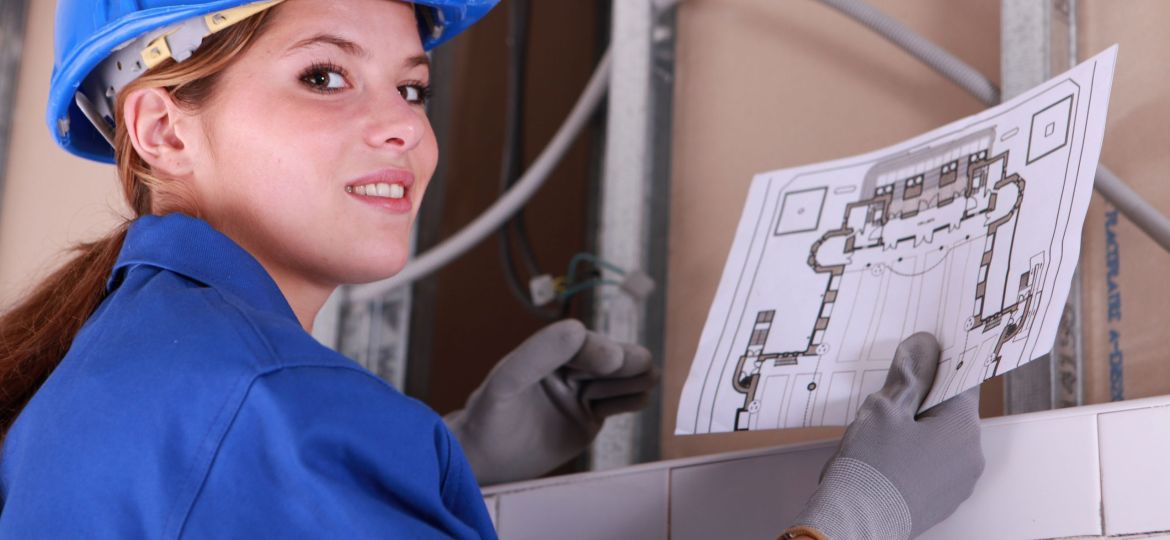

Negative feedback stemming from errors in user manuals and device specifications is more common than you might think. Translating technical documentation requires immense precision and an in-depth understanding of the specific industry. When done correctly, it eliminates such issues.
User manuals and product specifications help understand how to use various devices. If they were only available in English, they would deprive non-English speakers of the opportunity to familiarise themselves with the equipment.
Contents
Why is translating technical texts important?
The ability to communicate with customers in their native language is not just a matter of convenience. It makes a whole difference to the product’s success. Accurately translated technical documentation makes life easier for users, and also builds trust and reputation for the brand.
A single incorrect word or a misinterpreted phrase might entirely change the meaning of technical documentation. Such carelessness results in a device not being approved for use or losing its certification. That is why, accuracy is particularly recommended in this context.
Technical text translations include:
- machine operation manuals,
- technical specifications,
- user manuals,
- safety data sheets,
- cost estimates,
- schedules, plans, and technical drawings,
- software documentation,
- structural calculations,
- safety cards,
- patent documentation,
- technical reports,
- installation guides,
- tender documentation.
Errors in translations affect the brand’s reputation. Customers, when finding inaccuracies in technical documents, may start doubting the quality and reliability of the product.
There are also instances where translation errors lead to legal action. If incorrect translation results in financial losses or harm to the user, the company may be held liable.



Technical translation: What should you remember?
Although translating from one language to another might seem like a simple task to some, in reality, it is a complex process, especially when it comes to translating technical documents.
Every language has its specific technical terms. Some of these do not even have direct equivalents in other languages. In such situations, translators must not only be proficient in both languages and have strong linguistic skills but also understand the context to convey information accurately.
The culture also has a massive impact on the interpretation of technical documents. It dictates the way information is presented, its structure, and what is considered important. For instance, in some regions, there is a high value placed on the detail and precision of instructions, while in others, the overall message counts more.
Technical text translations cover a broad spectrum of specialisations. The demand is increasing with the advancement of industry and modern technologies.
The technical translations include:
Mechanical Engineering: Machinery documentation, equipment manuals, and technical specifications.
Electronics: Circuit diagrams, electronic device user manuals, and electrical safety documents.
Information Technology (IT): Software, user guides, and technical documentation for computer systems.
Medicine: Operating instructions for medical equipment, descriptions of medical procedures, and clinical trial documentation.
Energy (including renewable energy sources): Documentation for wind turbines or solar panels.
Automotive Sector: Vehicle user manuals, technical documents of car parts, and safety specifications.
Construction and Architecture: Building plans, material specifications, and tender documentation.
Each of these fields requires language proficiency and in-depth knowledge of the specific domain.
Be wary of errors in technical translations
Each error in technical translations might have serious consequences. Common pitfalls include barbarisms (structures borrowed from another language) and syntactical, grammatical, punctuation, or stylistic mistakes. Incorrect sentence structure in technical translation might lead to significant misunderstandings and even real-life accidents. Therefore, do not assign your documents to unverified translators.
Technical translation requires consistency. In the documents, you may often find different terms for the same concept, which can be misleading. For example, if in one part of the technical documents, the English word “screw” is translated to Polish as śruba, and in another as wkręt, it is not only incorrect but also confusing for the end user.
In technical translations, it is important to avoid factual inaccuracies and misinterpretations. A technical translator should have a thorough understanding of the source material. Incorrectly translated technical parameters lead to improper use of the device.
The terminology used in technical documents must be understandable to the target user group. Always consider their needs. Technical terms might be clear to a mechanical engineer, but they are incomprehensible to a regular equipment user and may require additional explanation or simplification. The translator should consider the style and tone of the source text.
Proper verification of the translation’s accuracy and correction is also critical in the technical translation process. Skipping this stage results in errors that distort the message or make it incomprehensible. Invest in professional proofreading of the translation to enhance the quality of the final product.



Technical translators: What competencies should they have?
Translating technical documents involves more than just the literal translation of words. For a translation to be accurate, knowledge of the specific industry is essential. Terms used vary depending on the context. A lack of appropriate subject knowledge leads to errors in text interpretation.
Technical document translation is a task for experts: individuals with education and experience in the relevant industry. Such specialists must continually educate themselves and stay up-to-date with the vocabulary in their field. This can be achieved through participating in training sessions or conferences.
The translation of technical documents should be faithful to the original document. A technical translator cannot afford creative interpretation. They must convey the technical specifications contained in the document. They should also translate the terminology according to the standards of the industry. This approach distinguishes technical translations from general ones, where often the broader meaning is more important than literal accuracy.
Precision is necessary. The slightest error in translating structural calculations or machine operating instructions might have serious consequences. It is not just a matter of safety and functionality. Technical translators must continuously update their industry knowledge to keep up with the latest terms and trends in their specific technical field.
They should also dedicate an adequate amount of time to research, thoroughly checking each word in the technical document and ensuring it is appropriate in the given context.
Technical translations: Glossaries
Glossaries are particularly valuable in technical translations, which frequently need to be completed swiftly. This urgency is common for exporters or equipment manufacturers eager to launch their products in a new country. Glossaries, serving as terminological dictionaries, enhance the pace and accuracy of translations.
Glossaries reduce the need for time-consuming verification of each word’s translation. They provide the target language equivalents for specific source language terms. Moreover, they also ensure consistency across the entire translation. This tool minimises the risk of errors due to varied interpretations of terms.
CAT tools in technical translations
Computer-assisted translation (CAT) tools are software programs that aid the translation process. They enable the use of previously translated text segments, enhancing consistency and work speed.
A key component of CAT tools is the translation memory, which stores past translations and automatically suggests them for similar text segments. The software integrates with glossaries, forming a coherent support system for the translator.
It is worth noting that CAT tools do not substitute human intellect; they merely assist it. The final translation still depends on the translator’s skills and knowledge. With these tools, the process of translating technical documentation becomes faster, more accurate, and less prone to human error.



Technical translation services
Do you need to translate technical documentation? Are you looking for professional support? Consider using our services. We specialise in precise technical translations. Our team will help you translate complex diagrams, user manuals, and product specifications. Your materials will be accurately tailored to meet the expectations of audiences in various markets.
By choosing our agency, you contribute to the development of your business. Contact us to receive a free quote.















